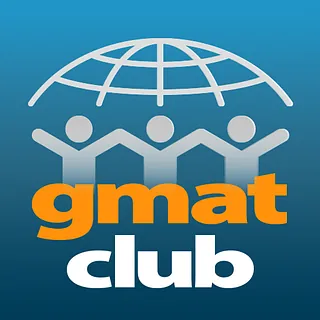
04/17/2020 by mbaprepcoach 0 Comments
Indian MBA Applicants – Real Talk
Hello Indian readers. Someone wrote to me recently, asking, “why do the credentials for Indians have to be so much higher than for, say, Nordic applicants?”
And it made me think to myself, maybe not all Indians are “in on” the dynamics of business school admissions. This is the stuff that admissions representatives will not tell you. I will lay it all out.
Indians are extremely overrepresented, in fact, I believe they are the largest group in the application pool. And here is the crux of the issue.
Stanford (or any other business school) cannot pack the class full of Indians. Imagine that you walk into the class and you find wall-to-wall Indian students. This lack of diversity in terms of thought, perspective, and experiences would greatly decrease the value of what the school is selling – diverse experiences, exposure to various perspectives, industries and walks of life.
In essence, Stanford is protecting the experience of the students. This is why they want to have diversity in many forms, and citizenship or nationality is at the head of the list. However, it’s not the whole enchilada. An Indian male IT applicant would fare worse than a gay female Indian artist. If the school doesn’t offer they don’t have diversity, it lessens the experience for the students and reduces the reputation of the school.
The whole situation is really unfortunate because most Indians are very bright and test well on the GMAT, which is endemic of the problem. Competing against their others with a similar profile proves difficult. The whole situation is quite unfair in a myriad of ways.
If you are an Indian national, the acceptance rate for you is half of what it is for the reported average. So for Stanford, that goes from 6% to 3%. If you are in IT – well, that goes to 2%. The numbers are honesty quite deflating.
One of the biggest mistakes, however, is to assume that a high GMAT score and GPA is the answer to the problem. A decent GMAT is necessary in most cases, however, in my practice I find that most Indian candidates grossly underestimate the importance of doing the application well. Your profile will only help you to the degree you can communicate the value of it.
What does this look like?
Resume: Every single word has a purpose. It uses universal language instead of industry jargon. It contains resume bullets that are one line, focusing on actions and quantifiable achievements. If not a quantifiable achievement, something that speaks to human motivations, such as saving time and improving a process. Anyone from any industry would be able to step into your resume, and comprehend the value of what you have done. There is space to breathe on the page. It has white space, and the reader feels good when they look at it. It looks inviting. It has simple elegance.
Essays: The essays use anecdotes and examples that are written in chronological order. The reader can mentally see the story unfold. The story is told in brief sentences in a way that is accessible to a broad audience. Each essay shows a different side of you, yet all of them feel authentic, sincere, and accessible. They demonstrate self-awareness, personal growth, leadership and results-orientation. You reach the reader on both an analytical and emotional level.
Letters of recommendation: The recommender can “see” you – see the uniqueness of you – and articulate that eloquently. The letter is comprised chiefly of clear, specific anecdotes that point to your talents in the area of problem-solving, teamwork, leadership, communication and innovation. The reader is emotionally moved by the content and, ideally, wants to champion you to the adcom in quite the same way as the writer.
Online application: Twitter on steroids. Elevator pitch. Distills valuable information about you clearly and succinctly. Everything illustrates qualities that business schools value – strategic thinking, results orientation, etc. Employment section gives the reader a clear, succinct understanding of the experience you’ve gained, employing simple, universal language. The activities and awards point to the overall brand that you set forth in other aspects of the application.
This is where the opportunities lie. Do the app well. Your profile matters – but if delivered badly – if the value of it is obscured – the reader will not see it. And everything you have worked so hard for won’t even matter.
After having read hundreds of applications, I assure you, submitting a quality application will set you apart. It’s an underleveraged strategy.


Comments
Leave a comment